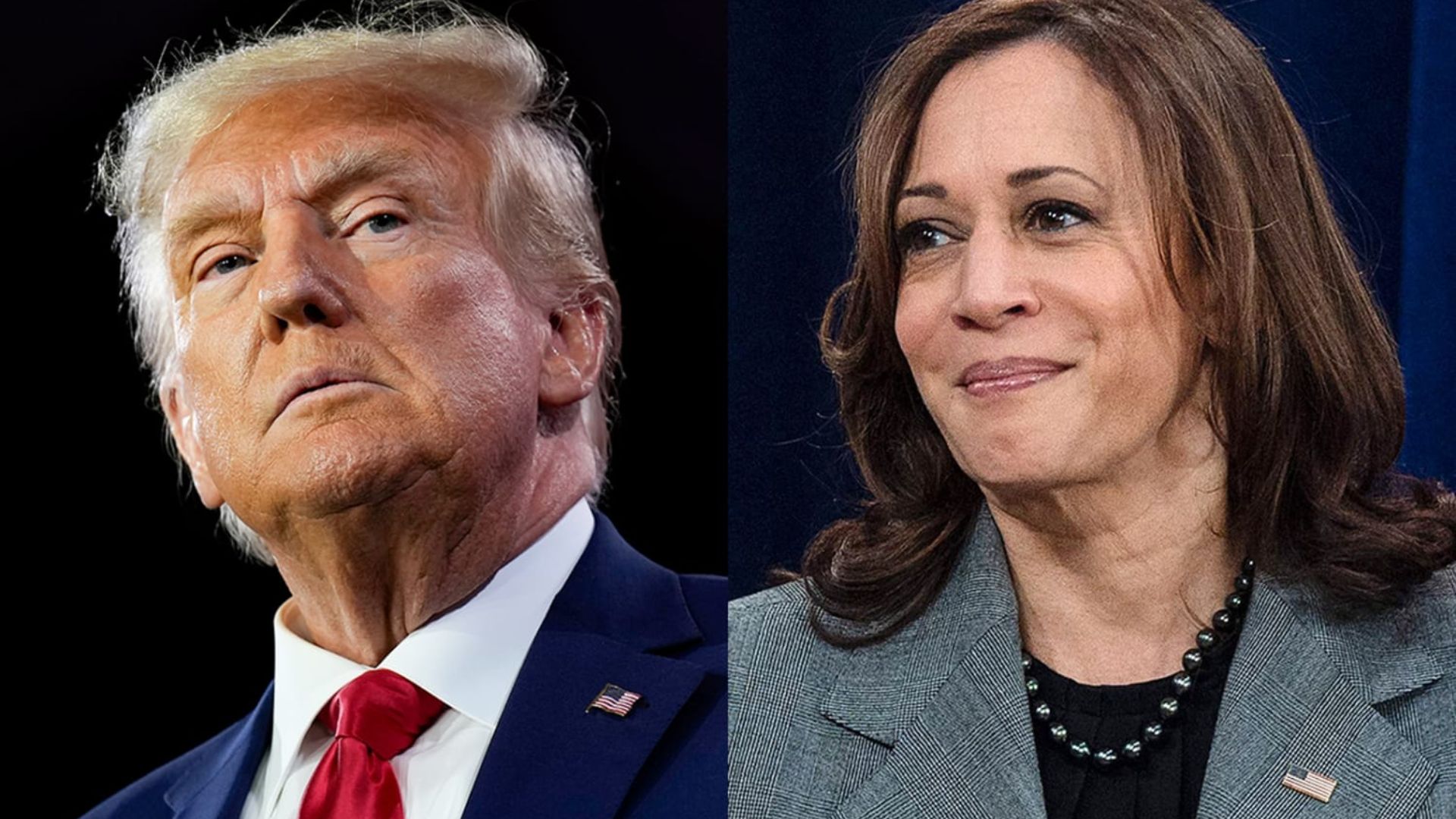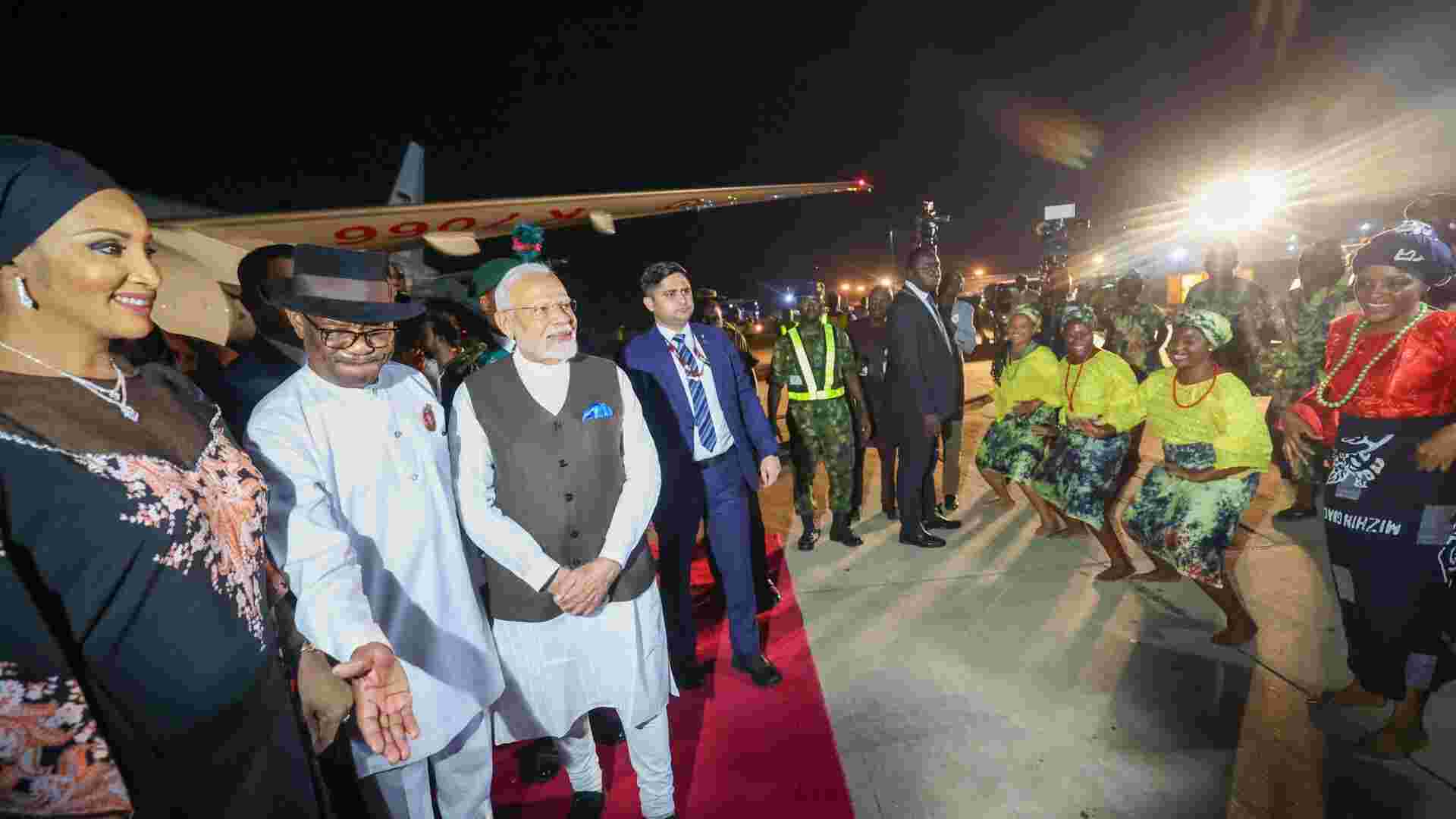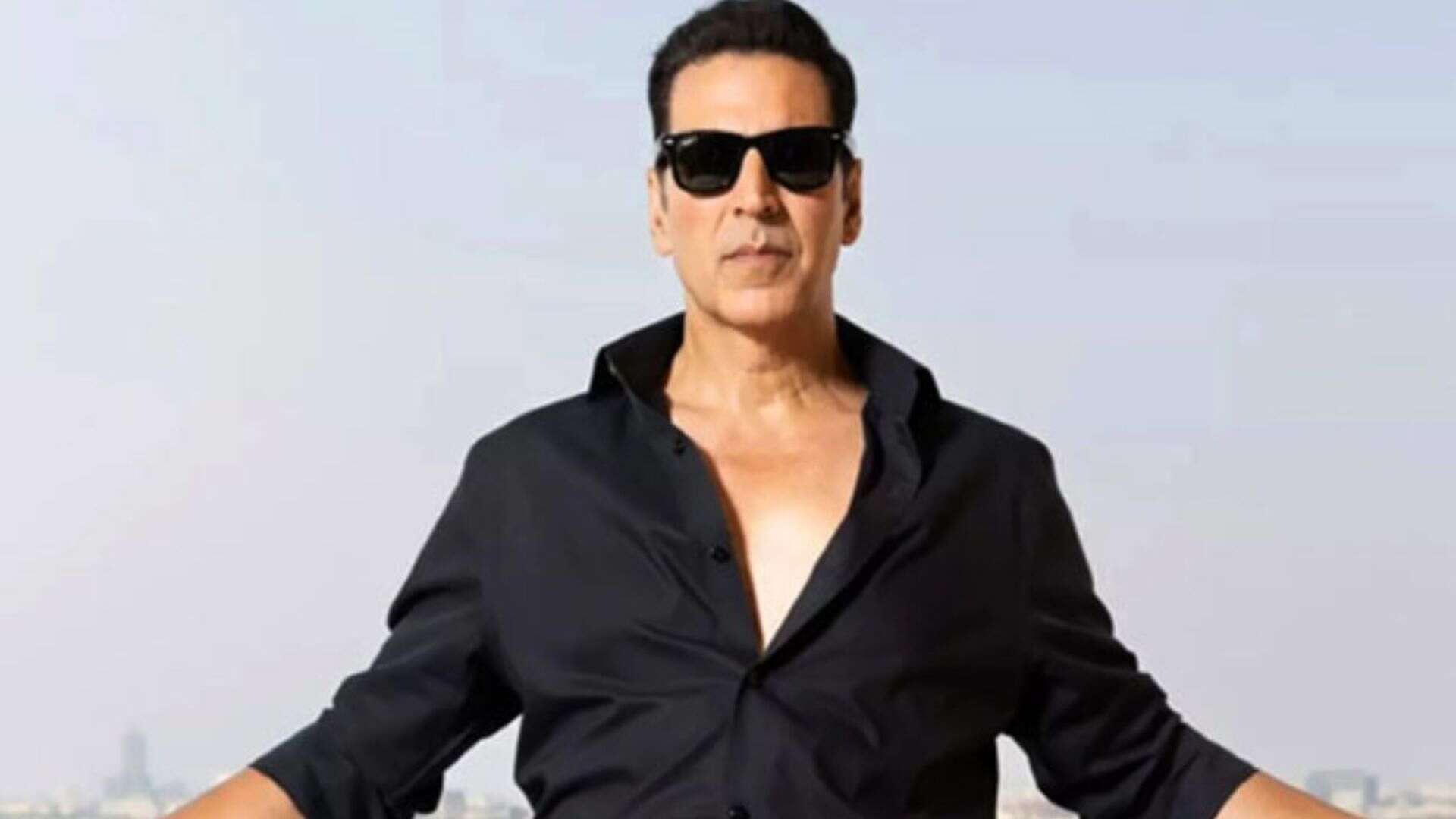
The debate emphasized immigration, reproductive rights, and the economy as pivotal issues shaping both campaigns as they head into the final stages of the election. With the race between Kamala Harris and Donald Trump nearly tied, the stakes were high. U.S. presidential debates are critical moments where candidates outline their visions on both domestic and international policies, offering voters insight into their leadership potential. This first debate between Republican nominee Donald Trump and Democratic nominee Kamala Harris was no exception, covering topics like abortion, immigration, economic policies, U.S. foreign engagement, and ongoing crises such as the Russia-Ukraine war.
The debate took a more serious tone compared to the theatrics seen in modern political debates, focusing on substantive discussions. Moderators pressed both candidates on controversial issues like abortion and fracking, highlighting how each had shifted their stances. Trump, known for his blunt approach, surprised many with a more measured performance.
In his closing remarks, Trump questioned Harris’s ability to deliver on the policies she championed, asking why the Biden-Harris administration had not already implemented them. This was a strategic move to cast doubt on her leadership should she win the presidency.
Both candidates entered the debate with unique advantages and challenges. Harris, though initially facing doubts about her ability to energize the Democratic base, gained momentum through fundraising and improved polling numbers. Trump, despite closing the polling gap, carried legal baggage and controversies into the debate, especially in his interactions with a female opponent.
Throughout the debate, Trump emphasized immigration as a national crisis, making unverified claims about illegal immigrants and using hard-line policies to rally his base.
On policy matters, the debate showcased the different priorities of both campaigns. Harris focused on her “opportunity economy” agenda to uplift the middle class, though her critics argued that her messaging lacked specifics. Trump doubled down on economic nationalism, including tariffs aimed at China, a stance that resonated with his protectionist supporters. Harris countered by questioning the long-term sustainability of Trump’s tariffs, citing economists.
On reproductive rights, the candidates presented stark contrasts. Harris reiterated her commitment to protecting women’s rights, while Trump distanced himself from extreme anti-abortion proposals, signaling a strategic shift to win over suburban women voters.
As both campaigns focus on swing states, the economy remains the central issue. Both candidates are aware that voters’ perceptions of economic performance could significantly impact the election outcome. Despite moments of exaggeration, the debate signaled a turn toward more balanced discourse. For Harris, it was an opportunity to solidify her role as a leader in the Democratic party, while Trump’s unexpected composure suggested a shift in strategy.
The debate highlighted the tight race and evolving strategies of both campaigns, with battleground states likely to play a decisive role in determining the election’s outcome.















